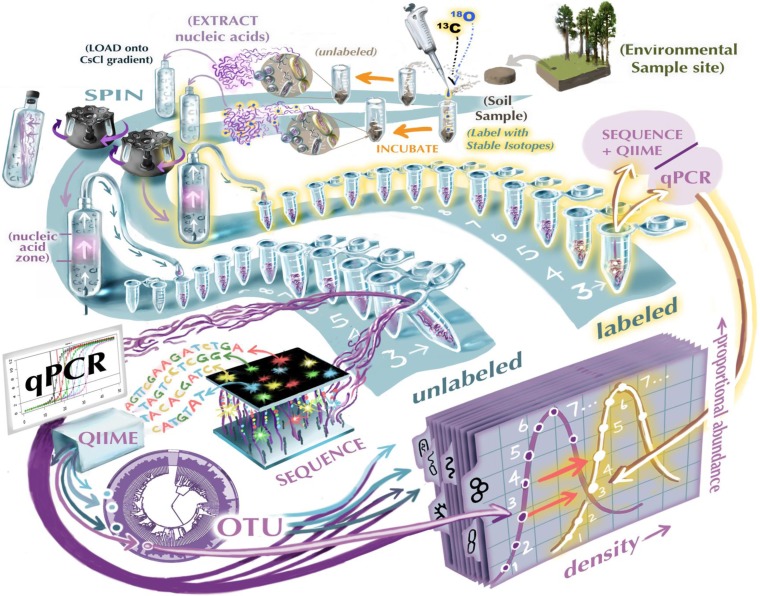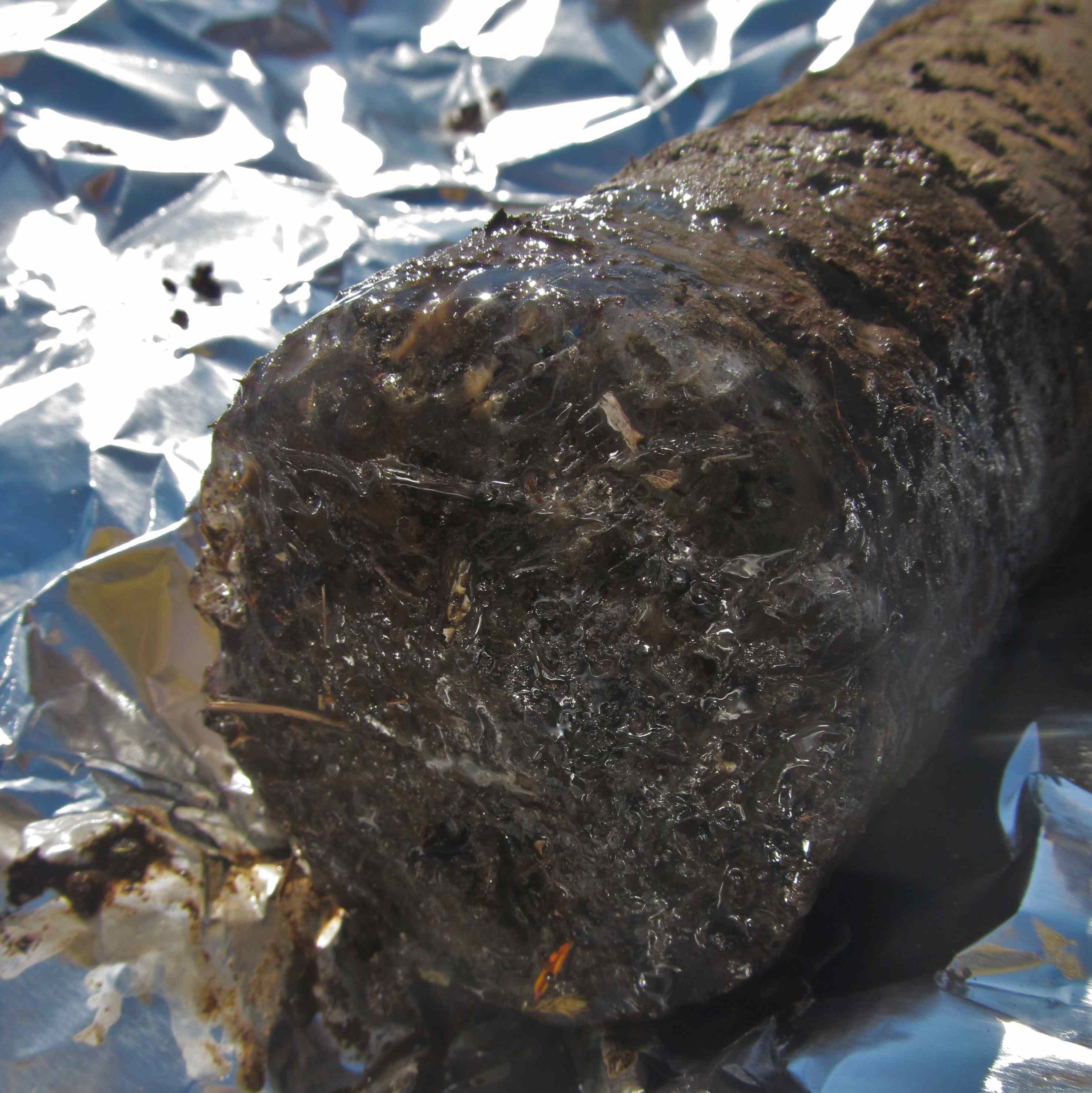A Canopy Shift in Interior Alaskan Boreal Forests: Consequences for Above- and Belowground Carbon and Nitrogen Pools during Post-fire Succession
Global change models predict that high-latitude boreal forests will become increasingly susceptible to fire activity as climate warms, possibly causing a positive feedback to warming through fire-driven emissions of CO2 into the atmosphere. However, fire-climate feedbacks depend on forest regrowth and carbon (C) accumulation over the post-fire successional interval, which […]



